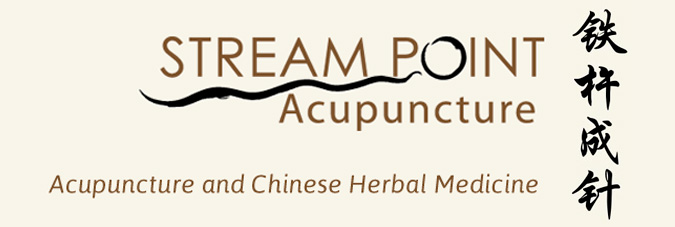 In continuing with our theme of self-care, we’re going to talk about self-massage this week. We all know that going to get a massage is always a great thing; you get to lie back, relax, and enjoy somebody else working those muscles. On the other hand [ no pun intended 😉 ] sometimes you’re not able to get a massage when you need it; this is where self-care massage comes in. Self-care massage is any type of physical manipulation of your own tissues, such as rubbing your temples when you have a headache, rubbing your shoulders when you’re stressed, or rubbing your feet after a long day. It’s good to know that you can take care of yourself when treating some of your “issues”, and sometimes it’s preferable since you know exactly where you need work done. But you may be wondering why self-care massage doesn’t feel the same as when you have someone else (a LMT) perform the same manipulation. Obvious reasons aside (aka…it’s more relaxing when somebody else is doing the work!), there are a few factors involved with this phenomenon.
In continuing with our theme of self-care, we’re going to talk about self-massage this week. We all know that going to get a massage is always a great thing; you get to lie back, relax, and enjoy somebody else working those muscles. On the other hand [ no pun intended 😉 ] sometimes you’re not able to get a massage when you need it; this is where self-care massage comes in. Self-care massage is any type of physical manipulation of your own tissues, such as rubbing your temples when you have a headache, rubbing your shoulders when you’re stressed, or rubbing your feet after a long day. It’s good to know that you can take care of yourself when treating some of your “issues”, and sometimes it’s preferable since you know exactly where you need work done. But you may be wondering why self-care massage doesn’t feel the same as when you have someone else (a LMT) perform the same manipulation. Obvious reasons aside (aka…it’s more relaxing when somebody else is doing the work!), there are a few factors involved with this phenomenon.
To begin with, our skin is our largest sensory organ, and it has specialized sensors that send information about our surroundings to our brain, called receptors. Receptors are responsible for sensing pressure, vibration, pain, temperature, texture etc. on the skin. The receptors receive and transmit sensory input to your brain. The brain then processes the information and sends information back, which produces in the “sensation” you feel. Now, how the brain processes this information is really interesting because the body has more sensory receptors in some parts of the body compared to others. In order words, some areas of the body are more sensitive than other areas (think of areas that you’re ticklish in; you aren’t ticklish on your elbow, but if someone touches your feet, it’s over!
Here is a link to an easy-to-understand graphic of how the brain’s cerebral cortex processes touch. http://faculty.washington.edu/chudler/flash/hom.html
 You’ll see that the mouth/tongue, hands, and feet have more receptors, and are therefore more sensitive to sensations than other parts of the body. We call this representation “the humunculous.” The image to the right is another view of the “humunculous”, which shows the same information.
You’ll see that the mouth/tongue, hands, and feet have more receptors, and are therefore more sensitive to sensations than other parts of the body. We call this representation “the humunculous.” The image to the right is another view of the “humunculous”, which shows the same information.
So, what does this mean for self-care massages? As you can see, the part of the brain that processes touch etc. is much more active for your hands than it is for other areas of the body. This is why your leg feels more sensitive when somebody else touches it versus when you’re touching your own leg. Your brain is 100% invested in the leg receptors when the massage therapist is massaging it, but when you’re massaging your own leg, it’s more like 80% of your brain energy is invested in the receptors on your hands, and only 20% is invested in the receptors on your leg. As a result, massaging yourself won’t produce the same level of sensitivity on the parts that are being massaged.
Some of this can be resolved with using a massage tool on yourself, but it’s still not quite the same for the reason listed next. Another factor in why self-care massage feels different because when you massage your leg you know what you are going to do, so you are not surprised when you move your fingers, or any tool you’re using. This desensitizes your brain a little, resulting in the production of less sensory output. When you visit your LMT and they are the ones moving and palpating your tissues, you do not always know where they will attend to next, so it all seems like a “surprise” to your central nervous system, and therefore feels more sensitive.
Now just because self-care massage may not “feel” the same as when you visit your LMT, does not mean there aren’t benefits for self-massage. As stated above, when you’re working on yourself, you can control certain factors like placement, pressure, and movement. Another plus is that your own hands are always at the ready! If you want some specific tips on areas that are good for self massage, or movements you can do to maximize your self-massage, ask Mary Pat or Mandy next time you come in J Until next week, keep those bodies loved!
Written By: *~Mary Pat Curran, LMT~*

